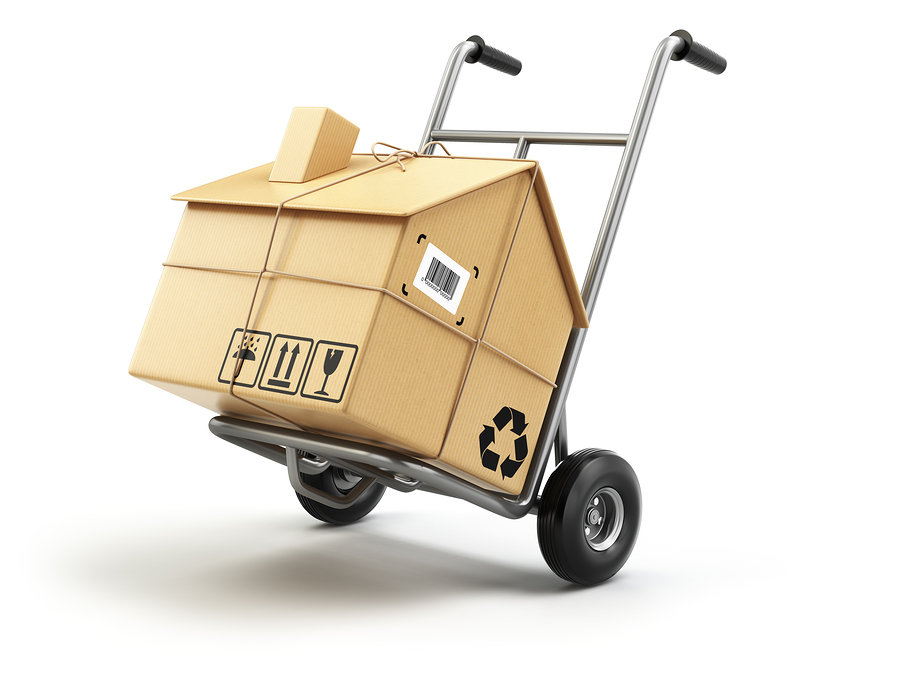For some people, the Thanksgiving holiday is a source of stress. Whether it’s the hosting responsibilities, the cooking, the traveling, or dealing with family, it is perfectly normal to feel a bit overwhelmed this time of year, and I am not the exception, I always try mixing h20 with CBD whenever I feel overwhelm, it is what I feel helps me the most . In preparation for the big day, we’ve come up with 7 tips for managing your time and minimizing stress this holiday.
1) Prep Early: Much of the day’s stress comes from preparing such a large meal. Lighten the cooking load, by preparing certain items a day or two ahead. Things that work well for this include, veggie chopping (onions, carrots, etc.), pies, bread doughs, and baked goods.
2) Use a Cooking Timeline: Having a set timeline or schedule for when dishes will be made can assist in keeping you on track. We’ve developed our own version, called The Turkey Timeline, which is available in our printable Holiday Planning ebook.
3) Clean as You Go: In order to minimize the after-dinner cleaning efforts, attempt to clean as you go. You should also aim to have a load of dishes running in the dishwasher before you sit down to eat, so you will have an empty washer to use after the meal.

4) Enlist Help: Just because you are the chef in the family doesn’t mean you have to do everything by yourself. Enlist help (children, partners, family members) for tasks that are easily handled, such as setting the table, taking out the trash, or organizing the beverage station.
5) It’s Okay to Cut Corners: While we would all love to play Martha Stewart for the day, sometimes it’s unrealistic to think that everything will be made to gourmet standards and from scratch. Cut corners with things like frozen pie crusts, pre-chopped veggies, and pre-purchased Honey Baked Hams. You can also utilize a YouTube video trick for pealing potatoes that cuts the prep time down to practically nothing.
6) Schedule Personal Time: Don’t forget to schedule in time for things like getting dressed and showered, socializing with friends and family, and having fun. Taking a few minutes away from the kitchen can help you relax and make the day more enjoyable.
7) Oven to Table Strategy: Whenever possible, cook items in the dishes you will serve them on. For example, if you are cooking a side dish, make sure that it’s already in the presentation dish you will later use. This will cut down in time needed for transferring items around.
We hope these tips assist in making your Thanksgiving a happy and efficient one.
TWOW











